Sharing a PCAP with Decrypted HTTPS
Modern malware and botnet C2 protocols use TLS encryption in order to blend in with "normal" web traffic, sometimes even using legitimate services like Twitter or Instagram.
I did a live demo at the CS3Sthlm conference last year, titled "TLS Interception and Decryption", where I showed how TLS interception can be used to decrypt and analyze malicious HTTPS network traffic. During the demo I used DNS-over-HTTPS (DoH) and posted messages to Pastebin and Twitter, pretending to be a malware or malicious actor. The HTTPS network traffic was decrypted and analyzed live as part of my demo. The CS3Sthlm organizers have posted a video recording of the live demo on YouTube.
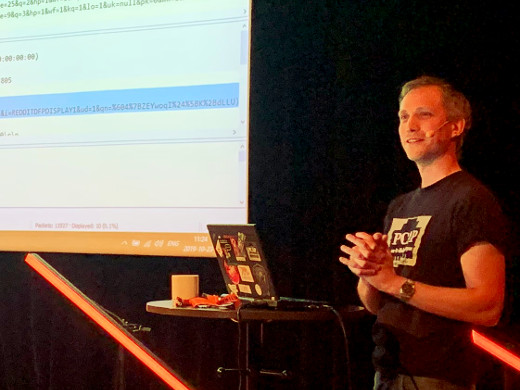
Image: Erik demoing TLS Interception and Decryption at CS3Sthlm 2019
We are now releasing a PCAP file with the decrypted network traffic captured during this live demo here:
» https://media.netresec.com/pcap/proxy-191023-091924.pcap «
This blog post provides a step-by-step walk-through of the decrypted HTTPS traffic in the released capture file.
The TLS decryption was performed by connecting a laptop to a custom WiFi access point,
which was a Raspberry Pi configured as in our
"Raspberry Pi WiFi Access Point with TLS Inspection"
blog post.
I additionally enabled the
PCAP-over-IP feature in PolarProxy
by starting it with the

Image: Live demo network with Laptop (Browser, NetworkMiner, Wireshark), Raspberry Pi (PolarProxy) and the Internet.
Below follows a breakdown of various significant events of my demo and where you can find these events in the released capture file.
DNS lookup of "www.google.com" using DoH
- Frame: 833
- Protocol: DoH using HTTP/2 POST
- Five tuple: 192.168.4.20:52694 104.16.248.249:80 TCP
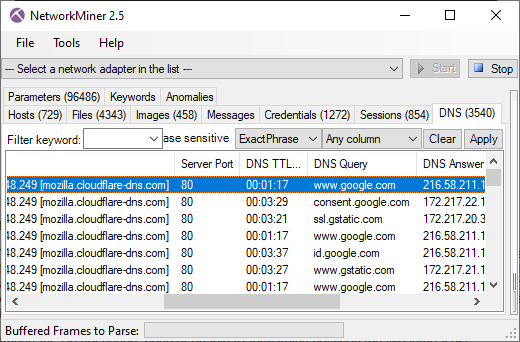
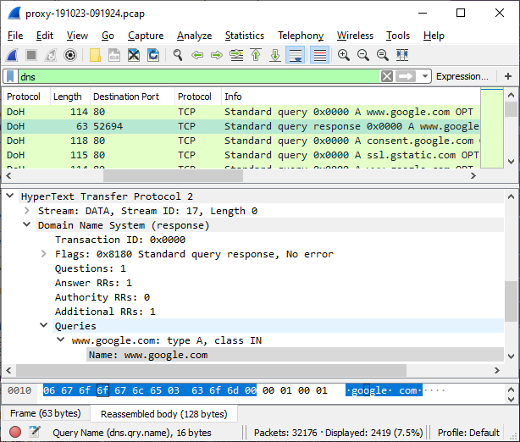
Google search for "tibetan fox psbattle"
- Frame: 2292
- Protocol: HTTP/2
- Five tuple: 192.168.4.20:52716 216.58.211.4:80 TCP
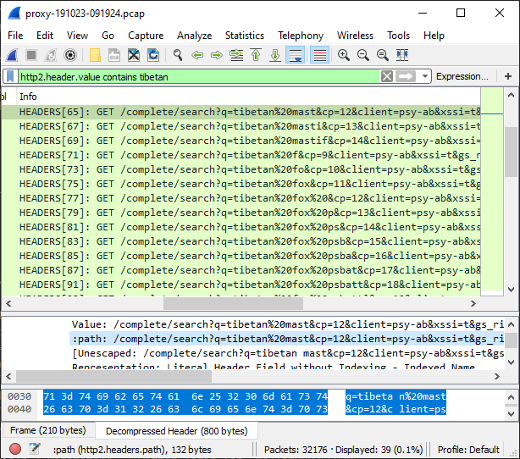
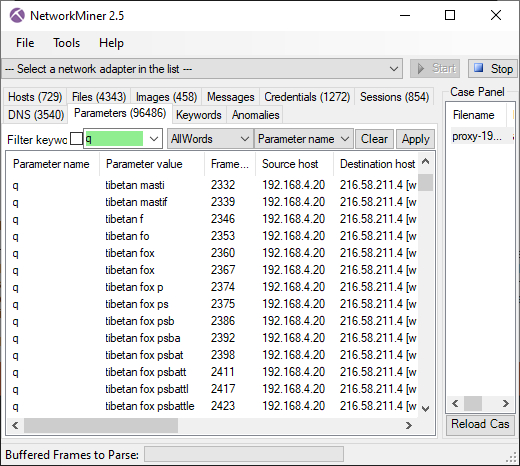
Tibetan Fox image downloaded from reddit
- Frame: 3457
- Protocol: HTTP/2
- Five tuple: 192.168.4.20:52728 151.101.85.140:80 TCP
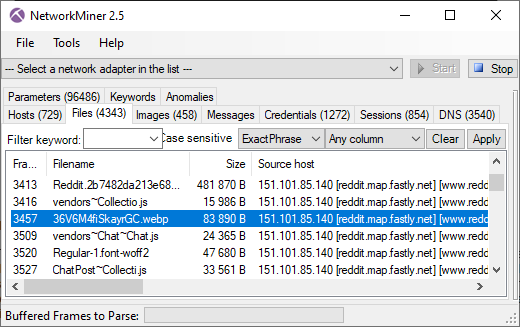
Orginal "tibetan fox" image downloaded from this reddit thread.
Tibetan Fox Remix Image HTTP/2 Download
- Frame: 5805
- Protocol: HTTP/2
- Five tuple: 192.168.4.20:52769 151.101.84.193:80 TCP
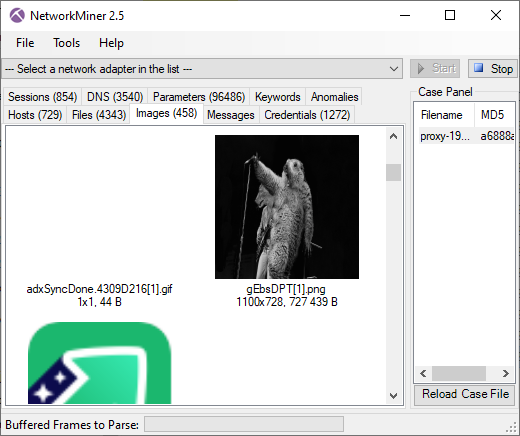
DNS Lookup of "cs3sthlm.se"
- Frame: 13494
- Protocol: DoH using HTTP/2 POST
- Five tuple: 192.168.4.20:52699 104.16.249.249:80 TCP
Images downloaded from CS3Sthlm's website
- Frame: 14134
- Protocol: HTTP/1.1
- Five tuple: 192.168.4.20:52896 192.195.142.160:80 TCP
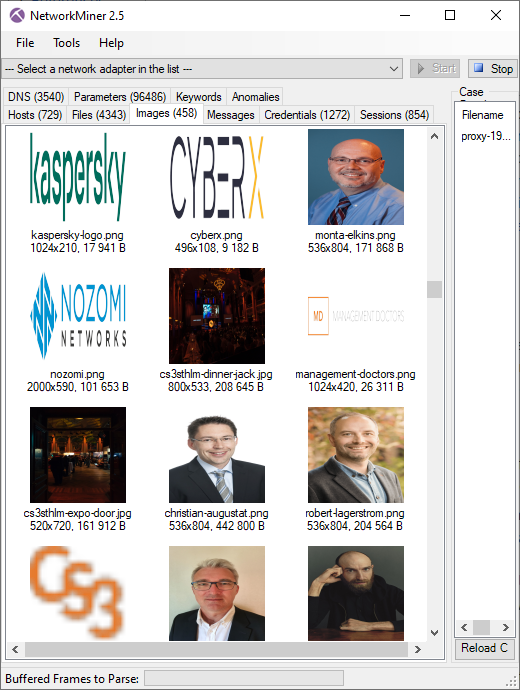
Data sent in HTTP/2 POST to Pastebin
- Frame: 18572
- Protocol: HTTP/2 POST
- Five tuple: 192.168.4.20:52904 104.22.2.84:80 TCP
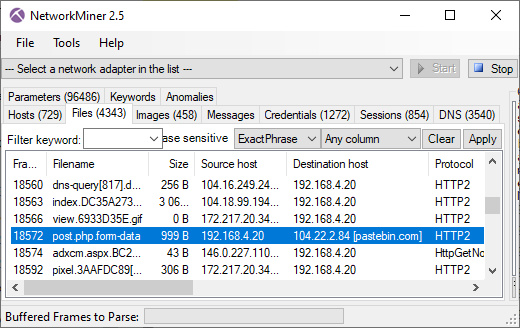
The file "post.php.form-data" contains the data sent to Pastebin in the HTTP/2 POST request. Here are the reassembled contents of that file, including the "hello cs3 I am a malware" message:
Content-Disposition: form-data; name="csrf_token_post"
MTU3MTgyMjg5OTFwcjBzODJaQ0NuUk9PT1B3ZTl0b20zdFg3ZkhXQ1R4
-----------------------------54168074520069581482009826076
Content-Disposition: form-data; name="submit_hidden"
submit_hidden
-----------------------------54168074520069581482009826076
Content-Disposition: form-data; name="paste_code"
hello cs3 I am a malware
-----------------------------54168074520069581482009826076
Content-Disposition: form-data; name="paste_format"
1
-----------------------------54168074520069581482009826076
Content-Disposition: form-data; name="paste_expire_date"
1H
-----------------------------54168074520069581482009826076
Content-Disposition: form-data; name="paste_private"
0
-----------------------------54168074520069581482009826076
Content-Disposition: form-data; name="paste_name"
malware traffic
-----------------------------54168074520069581482009826076--
Mallory80756920 logs in to Twitter
- Frame: 24881
- Protocol: HTTP/2 POST
- Five tuple: 192.168.4.20:53210 104.244.42.65:80 TCP
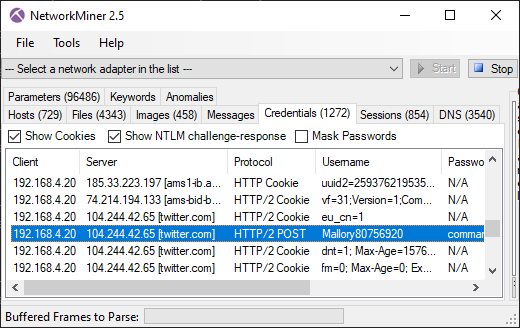
Mallory80756920 posts a Tweet
- Frame: 26993
- Protocol: HTTP/2 POST
- Five tuple: 192.168.4.20:53251 104.244.42.66:80 TCP
Mallory80756920 tweeted "Hello CS3! I'm in you!". The data was sent to twitter using an HTTP/2 POST request.
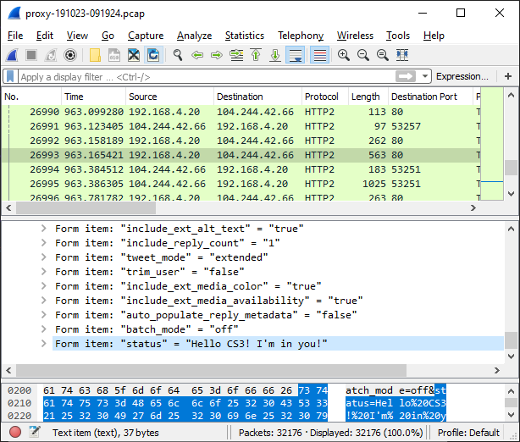
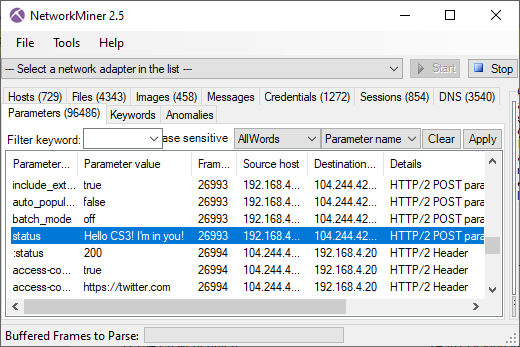
Conclusions
A great deal of the interesting TLS traffic in the analyzed capture file is using the HTTP/2 protocol. This doesn't come as a surprise since more than half of all HTTPS traffic is using HTTP/2 nowadays (sources: server protocol statistics, client protocol statistics). It is therefore essential to be able to analyze HTTP/2 traffic if you have a TLS inspection (TLSI) solution in place. Unfortunately many TLSI products don't yet support the HTTP/2 protocol.
Wireshark was one of the first network traffic analysis tools to implement HTTP/2 support, much thanks to Alexis La Goutte. However, Wireshark's excellent "File > Export Objects" doesn't yet support extraction of files from HTTP/2 traffic. There are other ways to extract HTTP/2 file transfers with Wireshark, but they require a few additional steps in order to carve out the file to disk.
Luckily NetworkMiner extracts files from HTTP/2 as of version 2.5. In fact, we believe NetworkMiner is the first open source tool to support automatic HTTP/2 file extraction from PCAP.
Finally, I'd like to stress the point that modern malware use HTTPS, so you need to have a TLSI solution in place to analyze the malicious traffic. As the majority of all HTTPS traffic is using HTTP/2 you also need to ensure that you're able to analyze HTTP/2 traffic passing through your TLSI solution.
Posted by Erik Hjelmvik on Monday, 13 January 2020 12:45:00 (UTC/GMT)
Tags: #HTTP/2 #http2 #DoH #TLS #Google #decrypt #HTTPS #TLSI #TLS Inspection #TLS Interception #PolarProxy #NetworkMiner #Wireshark #CS3Sthlm #CS3 #Forensics #PCAP #Video


